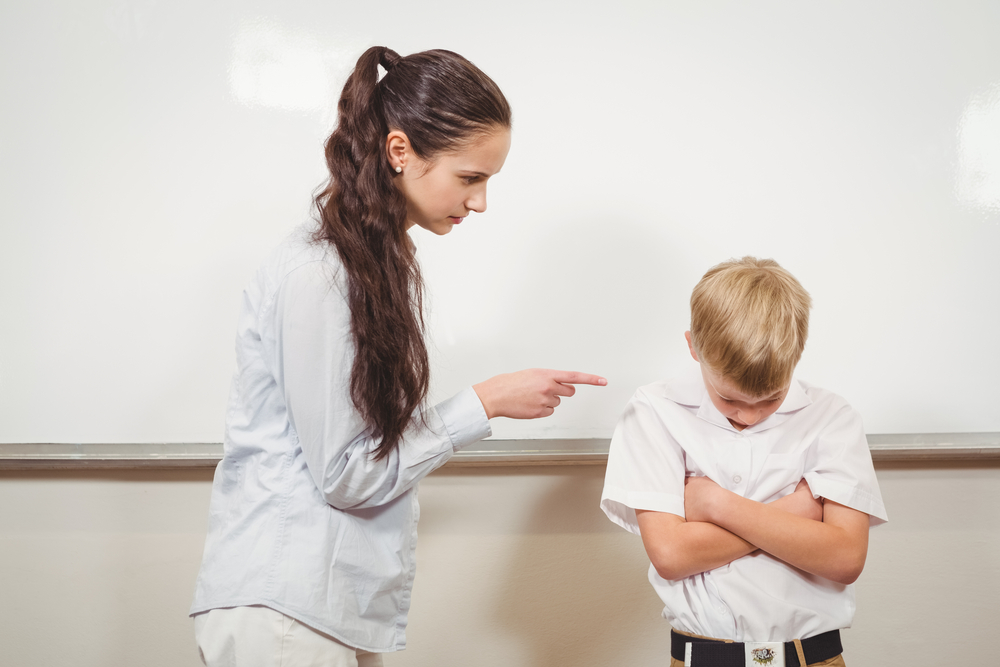Taking Advantage of Printed Materials for Learning
The use of technology, in particular visual displays like screens and projectors, has significantly transformed the education system. During COVID-19, we saw the whole educational system switch to a model of online learning. From worksheets, homework, and even teaching, the school day became completely digitalised.
As teachers and students returned to physical classrooms, they’ve continued to use digital tools, but it’s important to remember how important printed materials are for children's learning experiences, and the significance they can have on differentiating learning styles, engagement, and student performance.
Let's delve into some of the issues that can pop up when you ignore the benefits of printed materials.
Accessibility
There is a digital divide in schools. This exacerbates existing inequalities, and creates barriers for disadvantaged students, widening the achievement gap. Children and young people from low-income backgrounds are most affected by the digital divide. They’re less likely to have access to devices and internet connectivity at home; making it harder for them to achieve academic success in a digitised classroom. Printed resources give all students the same learning benefits and don’t rely on them having access to computers at home. With printed information and worksheets, it means everyone has the same access to materials, levelling the playing field and reducing the achievement gap.
Cognitive effects:
We often ignore the positive impact of printed materials. The use of physical resources improves comprehension and retention. Studies have consistently shown the effectiveness of physical materials in the comprehension and retention of information. The immersive nature of printed texts, and reduction of distractions, enables deeper processing and engagement. A study shows that reading printed materials can boost comprehension skills by 6-8 times more than digital reading does. This could be due to the neural connection of turning pages which stimulates the learning process. When addressing young children’s reading between the ages of 1-8, the distracting nature of digital media in the form of ads and similar content enhancement links, such as pictures or videos can reduce it’s effectiveness.
Not only do physical materials have an impact on both comprehension and retention, they also help with students' critical thinking development. A study in 2019 reveals that there's an advantage of using print based materials, based on the perception that more ‘mind wandering’ occurs when reading digital materials.
Inclusivity:
Digital activities and online working remove a physical layer of interactivity that printed materials provide. This interactivity includes everything from turning a page to exchanging ideas through handouts or physical copies which also include instant feedback from teachers, and boosting cooperation between classmates.
The National Association for Special Educational Needs (Nasen) is a charitable membership organisation that supports and champion those working with and for children and young people with SEN or learning differences. Nasen emphasises the importance of creating high-quality learning environments, highlighting how thoughtful classroom displays and physical resources can significantly enhance the learning experience for students with SEN. They suggest that even minor adjustments (such as strategic color choices), can significantly impact students' engagement and progress. The use of 'working walls' dynamic displays that showcase student achievements and model examples, can spark curiosity, motivate learners, and provide valuable visual support for problem-solving.
High-Speed Training researchers have also suggested that using physical resources and visuals for classrooms offers support for children with autism and SLCN students who may find it more difficult to follow spoken instructions alone.
By combining digital technologies with traditional methods, educators now have more tools than ever to design engaging learning experiences, supported by the use of printed materials. With 80 years of experience in the education sector, RISO offers managed print solutions that deliver affordable, convenient, quick printing, so all your students have access to the materials they need for their specific learning needs.
Explore RISO’s array of high-quality printing and find the right one, tailored for your school today.
https://www.riso.co.uk/education-printing.html
RISO will be at stand G28 during the Schools and Academies Show Birmingham 20th November if you want to come by for a chat. If you haven't got your ticket yet, secure it via the link below!


.png)

%20(1).png)